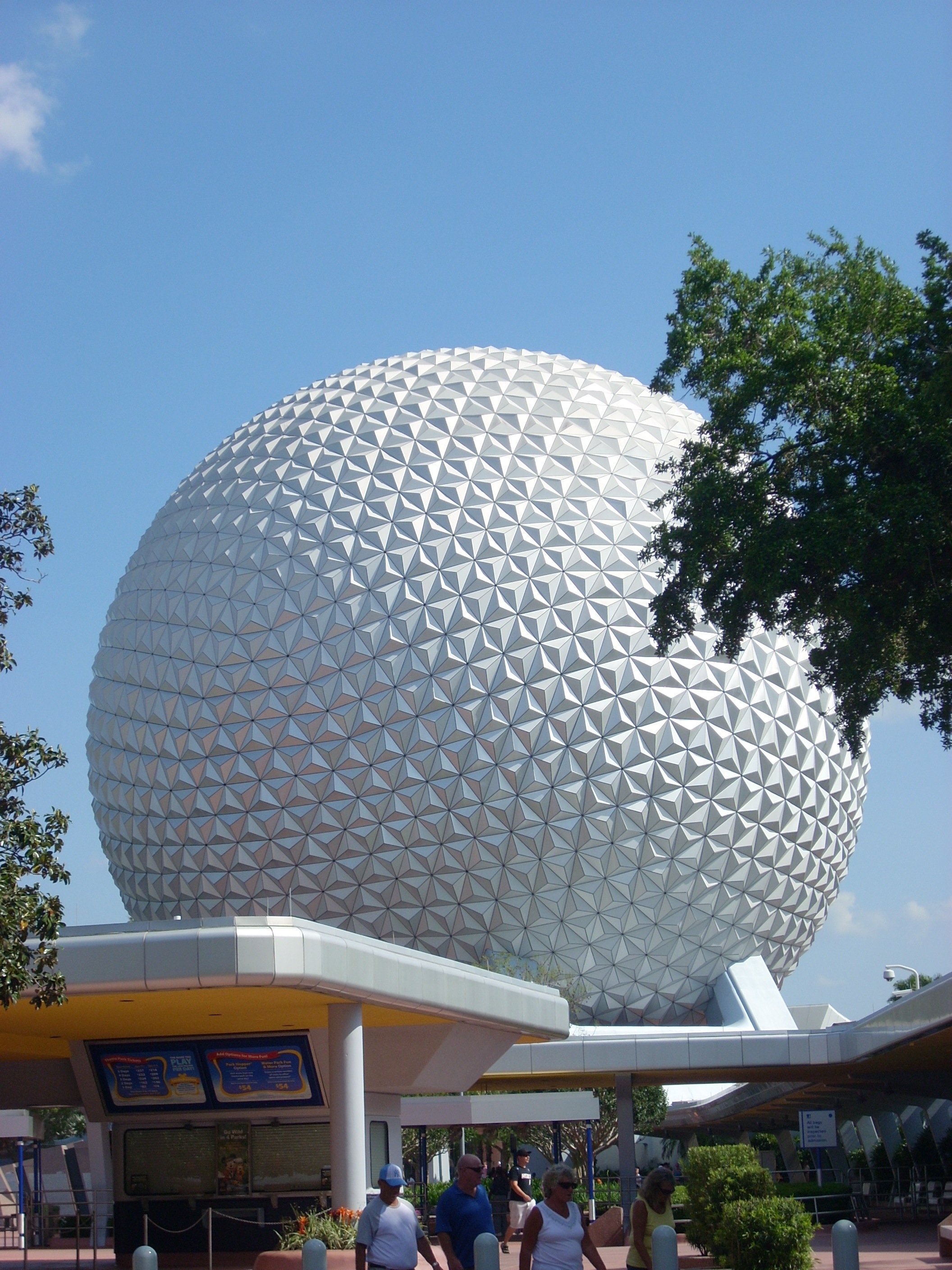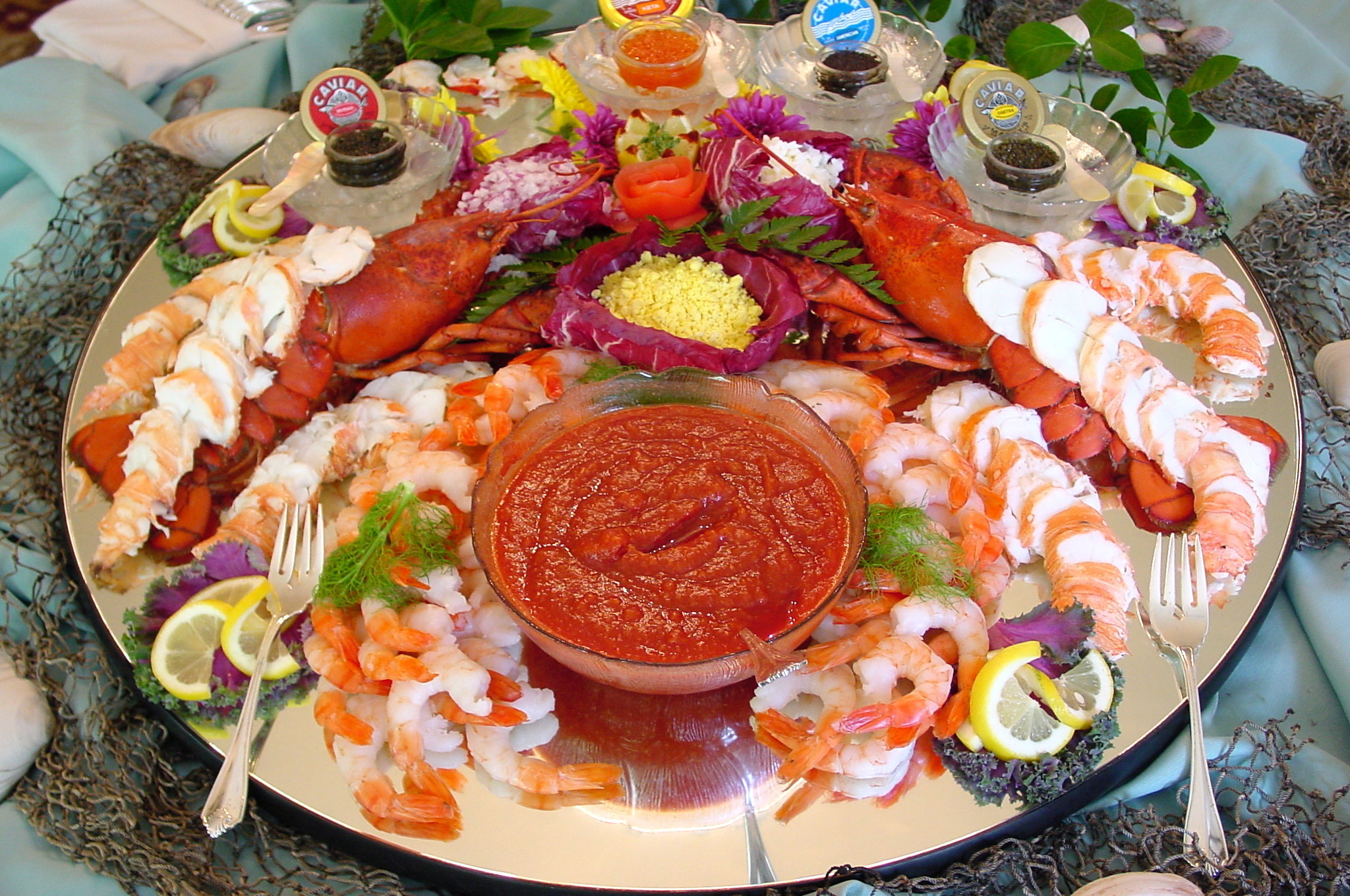| Route 66 | Cities | Beaches |
Beech Bend |
| Getting There | Shows |
Tours | Other Activities | Lodging |
|---|
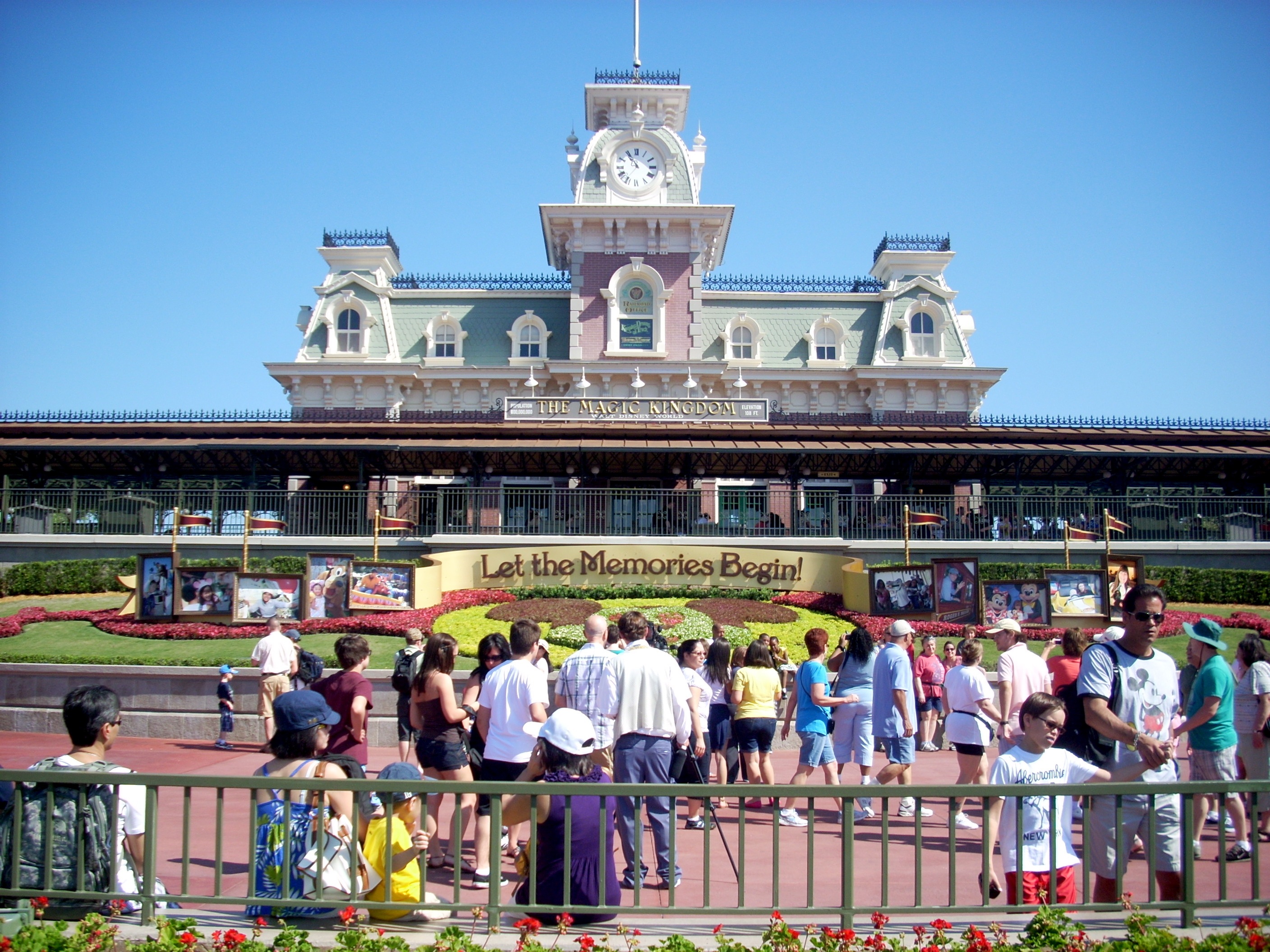 |
Restaurants |
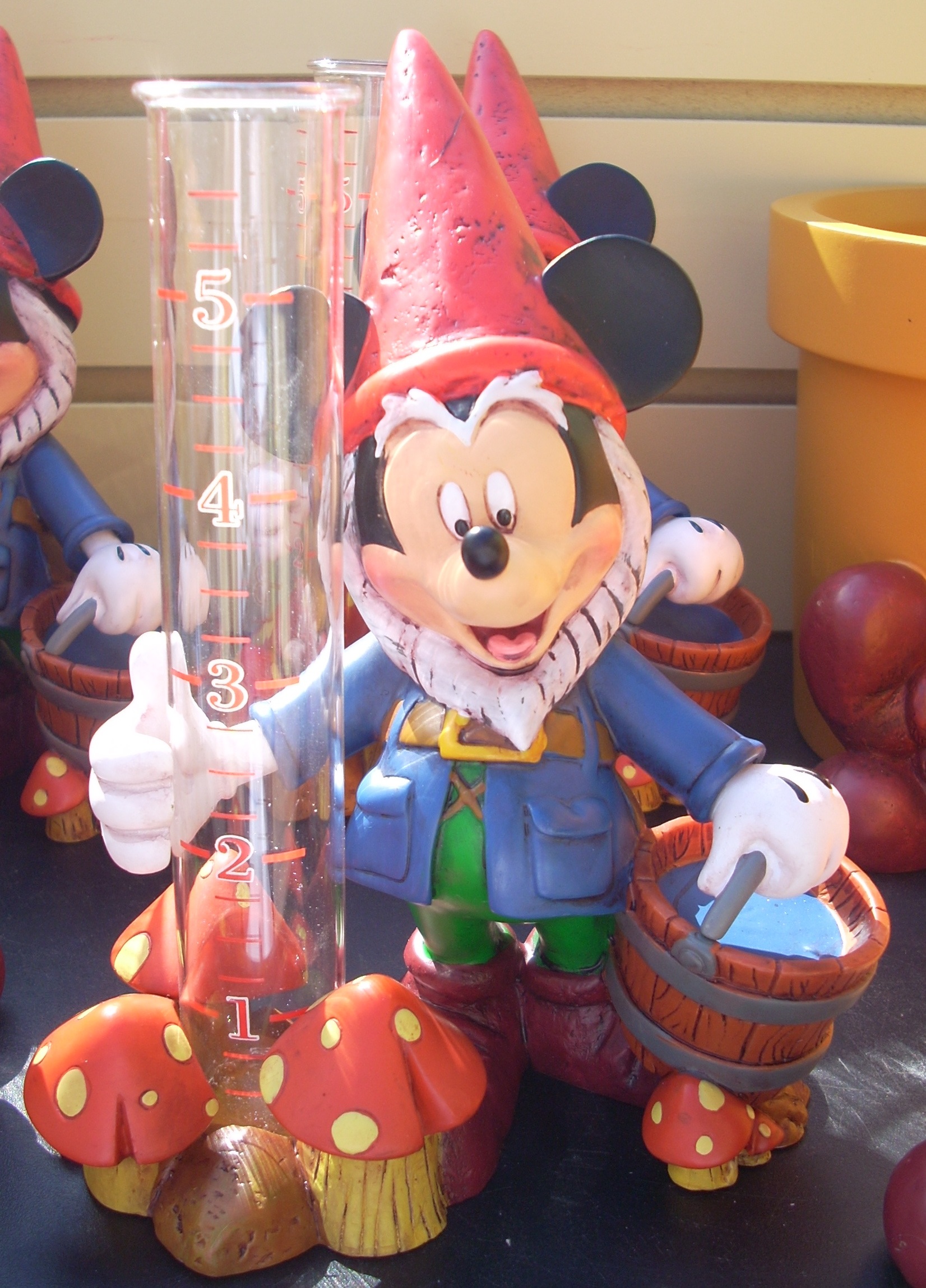 |
| In the Disney Parks | Resorts | Epcot | At Universal / Islands of Adventure | Downtown Disney | CityWalk |
Disney not only offers a large number and wide variety of restaurants, but many of them are among the best in the state of Florida or the entire nation. Admittedly, those that are among the best in the nation are expensive, and park visitors complain about the prices, but if those same restaurants were located in New York City, Washington DC, Chicago or Los Angeles, they'd be charging even higher prices. Top chefs, the best cuts of meat, and same day fruits, vegetables and seafood are not cheap. As travel writers, we review restaurants all over the country, and we have a file of their menus. When we lay Disney menus across the table next to all those others, the prices are not only similar, but in many cases Disney restaurants are charging less. The problem is many Disney guests when back home eat at lower cost franchise restaurants which serve frozen food, extremely low grade meats, imported fruits and vegetables and mostly fried entrees. So it's not that Disney is taking advantage of a captive audience. Instead, it is providing adults a special restaurant experience to equal the amusement park experience their kids are enjoying. And there are older couples who come to Disney specifically for the restaurants. They understand that a meal at the California Grill or any of the Epcot nationality restaurants is just as exciting as a ride at Space Mountain or The Haunted Mansion. |
|
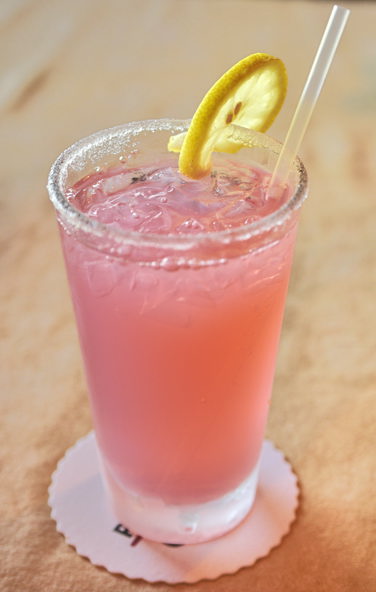 |
The first decision you must make is whether to purchase the Disney Dining Plan. This requires careful thought. First, we think you can dismiss the other options and focus on the Plus plan. This gives each member of your party one breakfast, a lunch snack on the run, and a dinner each day. It can be a very good deal, allow you to budget in advance, and save you money. But it's not perfect. l. If you plan to go to Universal Studios and Islands of Adventure on one or two of your days, you can use the Dining Plan for breakfast before you leave and dinner after you get back, but you can't stay over at City Walk and eat dinner because you've already paid for it back at Disney. 2. The Disney restaurants are individually managed. Some of them resent the Dining Plan because they have to send in the receipt and their money is a day or so late in coming, and they have to purchase and learn to use a special computer accounting program which is only used for the plan. So many of them do not accept the Dining Plan at all, some of them only accept the Premier Plan, and some of them claim to accept the Plan but do not take reservations, so in effect you can't get in. This doesn't mean you should reject the plan, because there are still many excellent restaurants which accept it. But it does mean the plan somewhat restricts your flexibility. 3. At any restaurant which accepts it, the plan allows each of your party to order one entree, one nonalcoholic beverage and one dessert regardless of cost. The plan does not cover wine, appetizers or tips, and if a salad does not come with the meal, the plan does not cover it, either. If you are a coffee or lemonade, steak and dessert lover this is a great deal. But if you usually order soup, salad and wine and skip dessert, it is not a great deal. |
|---|
There is a Wine option you can choose, but it's misleading. You pay an extra $40 per day for the option, and what it gives you is not a glass of wine but a bottle. if you order a bottle of wine with every meal, this would also be a good deal. But we don't know anyone who does this. All the adults we know order wine by the glass, and no glass of wine costs $40. If you were in a party of five adults, all of whom enjoyed a glass of wine with each dinner, it would make sense for one member of the group to order the wine option. The bottle of wine would provide for five glasses, meaning each of you would be paying $8 for your glass each evening. Everyone could then reimburse the payer for this option. But for a couple this does not work. And this is a loss. Any true conneisseur knows that these expertly prepared entrees are enhanced by a glass of fine wine. Finally, these restaurants stock outstanding wines. Not being able to taste some of them is unfortunate. We think the loss of soup and salad is the biggest problem. They are obviously a lot healthier than a rich dessert, and most Disney desserts are extremely rich. But it's more than that. These top chefs make outstanding soups and salads. Not being able to experience a cup of their soup and a salad they (or someone working under them) tossed is a diminishing of the restaurant experience. The odd thing is that a cup of soup or a side salad is less expensive than a dessert, so it's not like the restaurant is saving money. They would save money doing it the other way. |
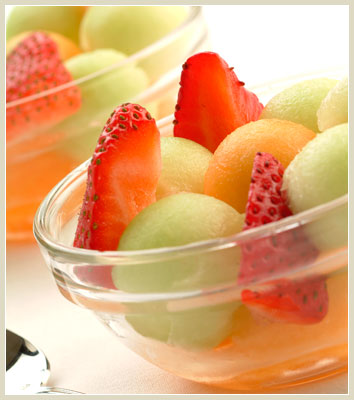 |
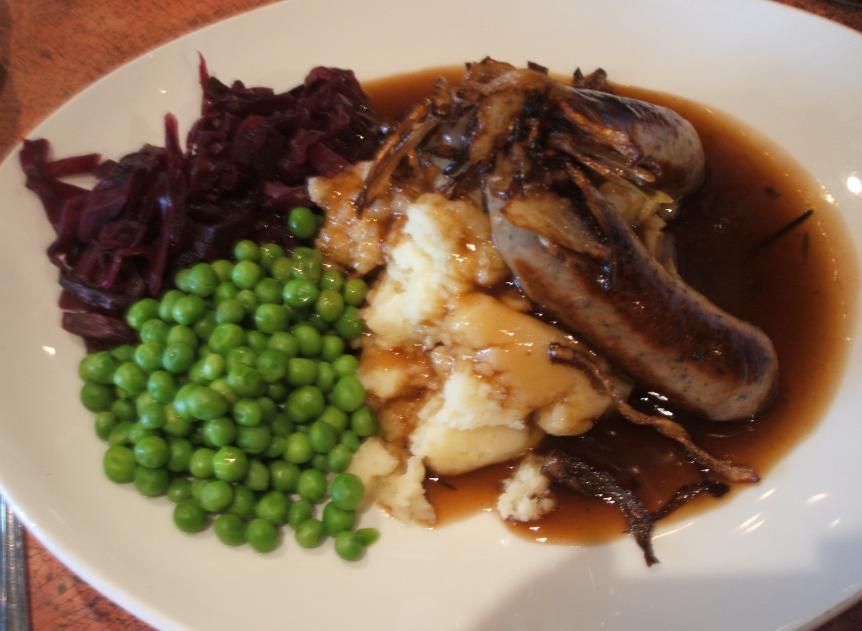 |
Breakfast is a better deal. With the Dining Plan, you eat breakfast at the food court in your lodging. You receive a beverage and entree. They serve a platter filled with generous portions of eggs, bacon, sausage and hash browns which are very good. The entire platter counts as your entree. You can pick a bottle of juice or a mug of coffee, tea or hot chocolate. All their choices are very good. We usually take the orange or apple juice, although there's mango, pineapple, grapefruit, cranberry and a dozen others. It's a pretty tall bottle and we end up carrying it with us to the bus, water taxi or monorail stop to finish on the way to the park. However, you could also choose pancakes, oatmeal, a fruit plate, cold cereal, an omelette or pastry for your entree, and a bottle of chocolate milk. This is probably a better breakfast than most guests eat back home. The "lunchtime snack" is just humorous. Out in the parks, each member of your party can get one item. That means a banana, an apple, a fruit cup, a smoothie, a beverage, etc. When used as a midmorning or mid afternoon snack, this works fine. But it does not serve as lunch, and there's no Dining Plan option that does cover a true sit down lunch. |
You also need to calculate how many "nights" you want the plan. If you plan to drive over to either coast, or to Cape Kennedy, or even to Sea World or Universal for a day, you might not want to order the plan for that day (which Disney calls a "night"). When you make your reservations, there is a box where you check the number of "nights" you want the plan for. Once you make the reservation and they charge you, you're committed, so think about this carefully. Despite all of this, the plan can still be a good purchase. You can fit within its framework. You can eat breakfast, drive over to either coast and get back in time for dinner. Or you can eat breakfast, drive over to Universal and get back in time for dinner. The fact is, most of us eat too much anyway. Eating a good breakfast, fruit and water for lunch, and a good dinner every day for a week might not be so bad. And as far as the rich dessert issue, there is usually an option of berries, fruit or yogurt. So if you have the self discipline to live within the plan's tight constraints, it can still save you money. The plan breaks down to $50 a day per person. Figuring $10 for breakfast and $5 for lunch, that leaves $35 per person for dinner. If you usually order one of the top entrees, such as prime rib, that would be a good deal considering you're eating in a top restaurant. |
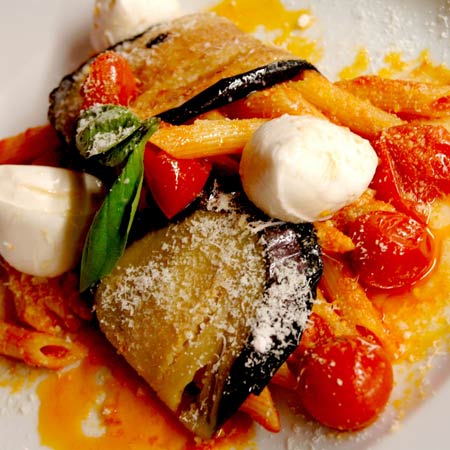 |
|
However, if you usually order one of the least expensive entrees on the menu (pasta, chicken, large salad, etc.), you could save money not taking the Dining Plan and ordering straight off the menu. This would be especially true if you had kids along and usually ordered an appetizer for them as an entree because they don't eat much. There's also a multipler effect. Since your tip will be a percentage of your total, ordering the top entrees like prime rib will also mean you'll be paying a hefty tip. If you skip the Dining Plan and order straight off the menu, you'll spend less, so pay a smaller tip. If you plan to stay over at Universal and eat at Mythos, Bubba Gump's or The NBA Grille, or if you want to eat at Fulton's or Rainforest Cafe, you definitely do not want any version of the Dining Plan. |
There's yet another detail to consider in your planning. If you plan to visit a different park each day, but want to eat every dinner at one of the Epcot nationality restaurants, you need the Park Hopper option. To eat at a park restaurant, you have to first get into the park, which requires a ticket. If you only buy the basic package, the day you go to any other park, you will not be able to visit Epcot that night. You can go to Downtown Disney or The Boardwalk without a ticket, but if it's Epcot you want, the Park Hopper is mandatory. But remember instead of eating in the Animal Kingdom, you can eat at one of the two Animal Kingdom Lodge restaurants, which do not require a ticket. Eating a late dinner at Universal is not an option since both parks close at 7 pm. You could eat dinner early, at 4:30 ot 5 pm, before you returned to your Disney lodging. City Walk remains open late, so you could spend the day in the parks, leave when they closed, and still eat at one of the City Walk restaurants. |
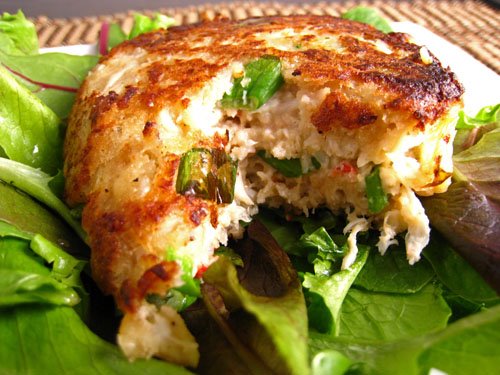 |
|---|
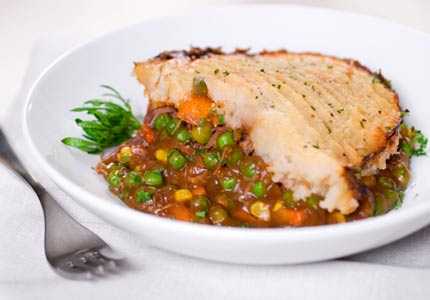 |
Don't forget the restaurants in the resorts. Some of the best restaurants at Disney, not to mention the whole state of Florida, are in the lodges in those resorts. Even the basic food courts there are pretty good. And, with a few exceptions (California Grill,Victoria & Albert's, and Narcoossee's as nightly fireworks time approaches), it's easier to get seated there than at Downtown Disney, The Boardwalk or Epcot. However, a reservation is still a good idea. Regardless of where you stay and which parks you visit, at least one night each stay you should eat at the Animal Kingdom Lodge. Ambience alone is worth it, but the menu is also memorable. |
|---|
|
|||
|
